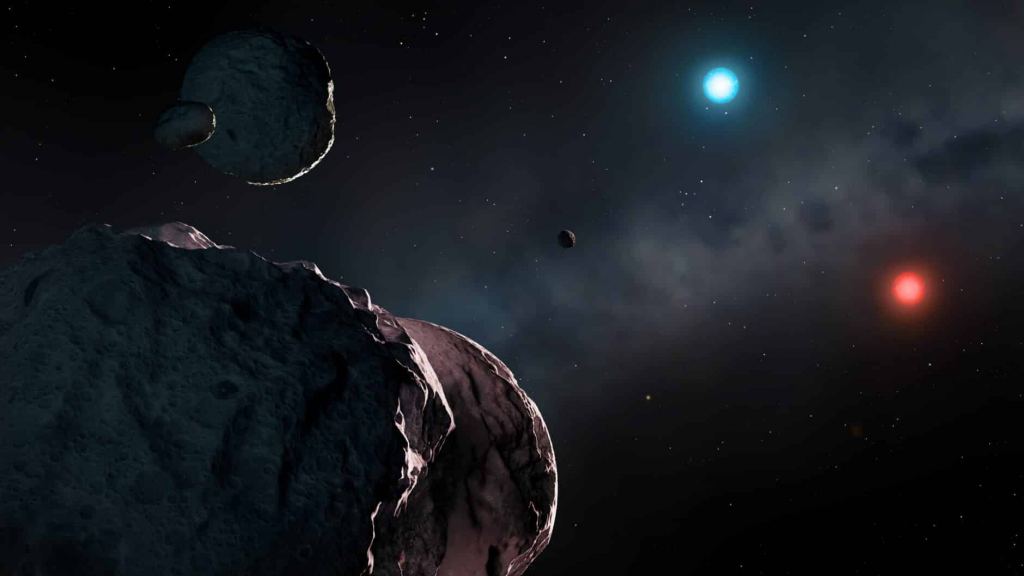The fate of the Sun is sealed. It was sealed by gravity in the earliest days of its formation. In several billion years the Sun will swell to a red giant, cast off much of its thin outer layers, then collapse to become a white dwarf.
The white dwarfs we see in the nearby galaxy tell us of our Sun’s future. Its core will collapse to about the size of Earth, and then it will gradually cool as it fades into the dark. It’s a tale we’ve long known, but astronomers continue to learn learning interesting details, particularly regarding what might be the fate of the Sun’s planets.
White dwarfs are interesting objects. They form when their gravitational weight is balanced by the quantum pressure of electrons. They don’t experience any nuclear fusion or gravitational heating, so once formed they just gradually cool down.
Generally, the cooler a white dwarf is, the older it is. The hottest white dwarfs can have temperatures of nearly 150,000 K, and the coolest ones about 4,000 K. So when a team of astronomers found a couple of white dwarfs with temperatures just above 3,000 K, they knew they had found very ancient white dwarfs.
A white dwarf has an inert core of carbon and oxygen, and outer layers of hydrogen and helium. Image Credit: NRIAG. Given the estimated rate of cooling, these two white dwarfs are around 10 billion years old.
They were likely among the first stars in the Milky Way and died 5 billion years before our solar system formed. From Gaia observations, their orbital motion within the galaxy puts them within the galactic plane, so they could help astronomers better understand the age and history of our galaxy. But both of them also have unusual spectra, showing evidence of heavier elements.
Although white dwarfs often have plenty of heavier elements, those elements quickly sink to the interior of the star, leaving a thin atmosphere of hydrogen or helium. So when we look at the spectra of a white dwarf, we often only see the presence of these two light elements. But both of these stars have metallic spectra as well.
These metals likely come from planetary debris that has collided with the star fairly recently. One, WDJ2147-4035, has a deep red hue indicative of its cool temperature, with traces of sodium and potassium. It is the oldest star contaminated by planetary debris ever discovered.
The other, WDJ1922+0233, has a blue color due to its atmospheric mix of hydrogen and helium and has been contaminated by debris similar in composition to that of Earth. Both of these stars tell an interesting story about early stars in the Milky Way. They had planetary systems, and the remains of those systems linger around these stars even after billions of years.
They also give us a glimpse of our cosmic road ahead. In 15 billion years the solar system could look very similar. Reference: Elms, Abbigail K.
, et al. “Spectral analysis of ultra-cool white dwarfs polluted by planetary debris. ” Monthly Notices of the Royal Astronomical Society 517.
3 (2022): 4557-4574. The post Astronomers Spot the Debris From Planets That Formed 10 Billion Years ago appeared first on Universe Today. .
From: universetoday
URL: https://www.universetoday.com/158568/astronomers-spot-the-debris-from-planets-that-formed-10-billion-years-ago/



